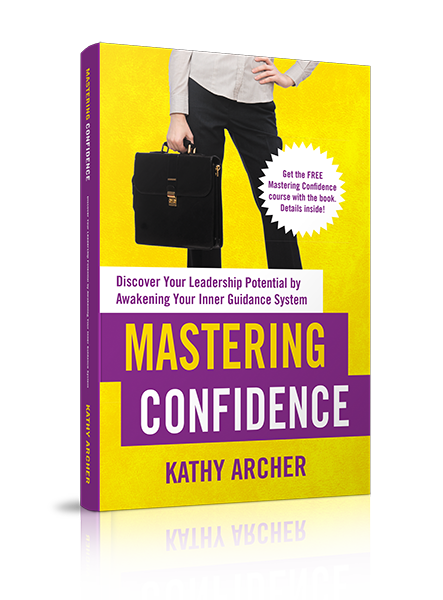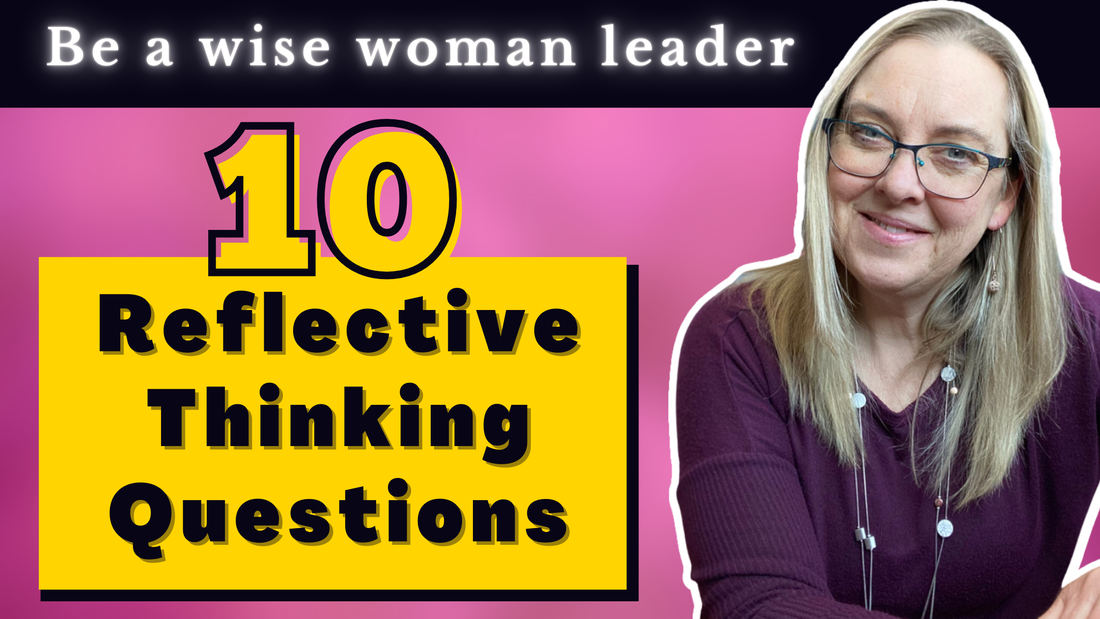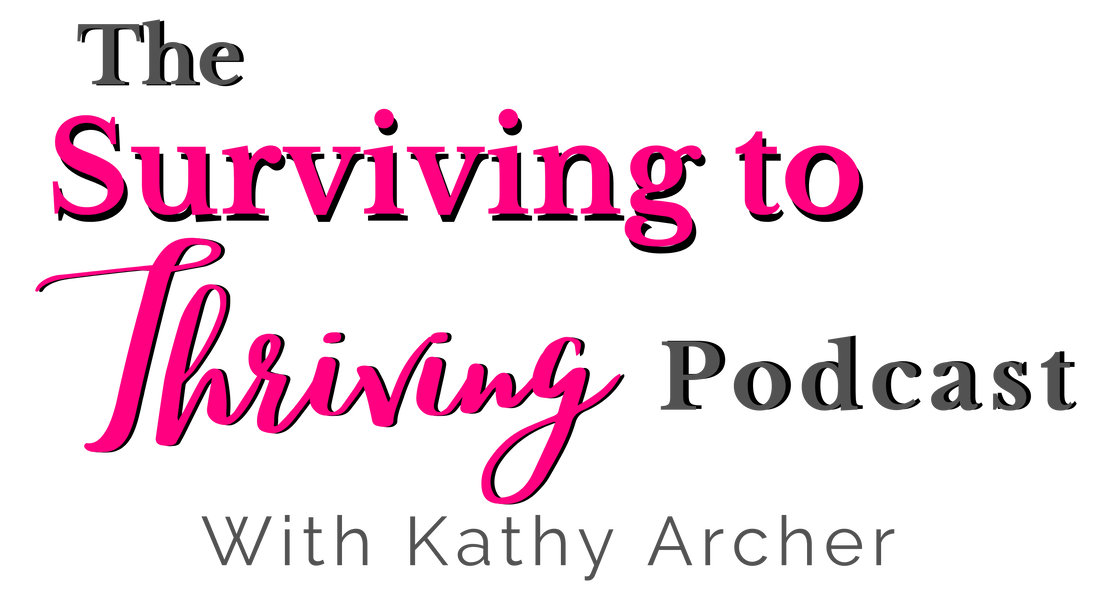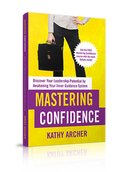|
Have you noticed that when your thoughts are swirling around, you're often stuck reliving a memory that didn't feel so good or rehearsing a tragedy in the future? Neither feels good.
OMG, that meeting was awful! I can't believe they said that!
Your thought process can provide learning opportunities Our thoughts don't always need to spiral us into a downward tailspin. When we slow our thinking down, pause, and add an element of mindfulness to our thought process, our thinking can become a learning tool. Following the learning component, we may change our mindset, behaviour or perspectives on what happened or is coming up. Sometimes when we slow our thinking down, we are more of a strategic thinker. Other times our more conscious thoughts help us plan or make a decision. Today though, I want to focus on reflective thinking. First, let's look at different kinds of thinking and roughly categorize them as unconscious (swirling thoughts) and conscious thinking. Uncounsousious thinking Worry, anxiety and regret - full of judgment, blame and shame statements Often polarized or absolute thoughts
Conscious thinking Strategic thinking - connecting dots, seeing the big picture, looking into the future Planning - adding action elements Decision making - critical thinking, decisiveness Reflective thinking - curiosity, openness and exploration We often miss the reflective thinking piece that so often would be wise to do before the other kinds of conscious thinking. Reflective thinking as a practice In our sector, practitioners are often taught the skill of reflective practice. The idea behind turning reflective thinking into a practice is specifically for learning opportunities. Experience alone doesn't always teach us what we need to know. Developing a practice of reflecting on what happened helps us create meaning from an experience. This new meaning allows us to deepen the learning of an experience and helps us to consider perhaps what we'd like to do differently in the future. How to be a good reflective thinker Reflective thinking begins with a question instead of a statement. Most of the questions we ask ourselves during our reflective thinking time are what questions—a why question often evokes defensiveness. But instead, what questions help us be more curious and ditch the judgment. The ultimate goal of reflective thinking is to learn from your leadership experiences. You are considering three main points.
10 Reflective thinking questions to prompt learning To help you deepen your learning after an experience, take a few moments to journal your answers to the following questions: To help you deepen your learning after an experience, take a few moments to journal your answers to the following questions: 1) What happened? 2) What body sensations did I experience?
3) What thoughts were going around my head?
4) What emotions did I feel as it was happening? 5) Which of my values were triggered during this exchange? 6) What perspective was the other person(s) in? 7) What did I do well in managing that situation?
8) How would my best self handle a similar situation in the future? 9) What strengths do I need to put to work more often? 10) What will I do differently next time? When you take time to pause, slow down your thinking and reflect, you'll learn more. That learning will provide insights into how to change your mindset, behaviours or intent, thus leading more authentically and effectively. Need more help? In my membership site, The Training Library, I offer additional training to help you make create reflective thinking practices. Here are some you may be interested in checking out:
0 Comments
Your comment will be posted after it is approved.
Leave a Reply. |

Available on Amazon
Archives
May 2024
|
|
Leadership TRAINING for Nonprofit Leaders
Become a confident and competent nonprofit Leader: Join The Training Library membership Executive and Leadership COACHING Leadership Coaching for Nonprofit Executives, Leaders and ManagerCoaching |
PODCAST for Nonprofit Leaders
The Surviving to Thriving podcast: Strategies, systems and support to lead your nonprofit with confidence FREE RESOURCES to Grow your Leadership Skills Free Leadership Training Resources, Worksheets and Templates |
Become a CONFIDENT LEADER
|




 RSS Feed
RSS Feed
